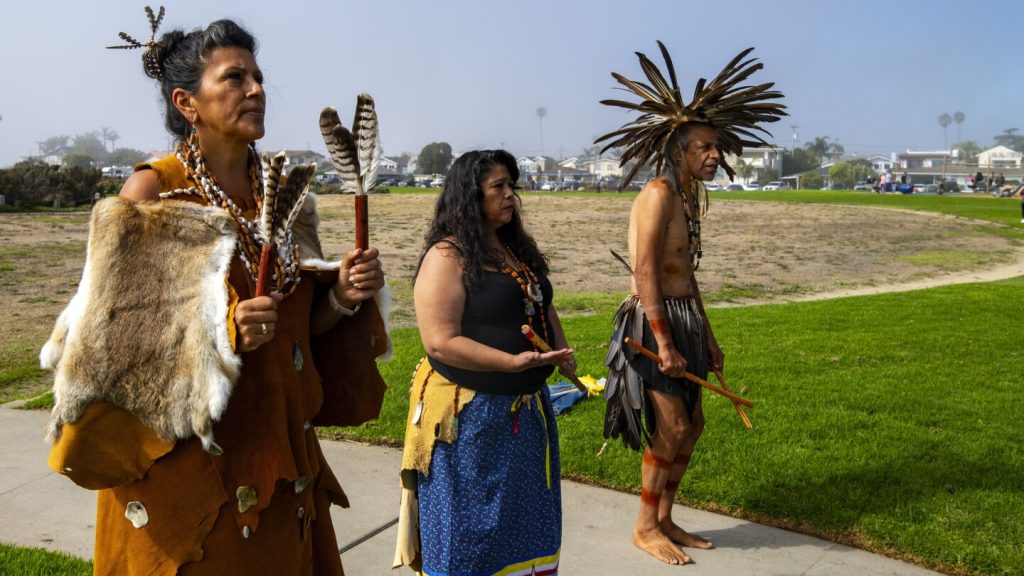In a historic move, the Chumash people, once the largest cultural group in California, will now co-steward the newly designated Chumash Heritage National Marine Sanctuary along the central coast of California. This partnership between Native Americans and a federal agency marks the first tribally nominated sanctuary in the United States. The sanctuary will cover 116 miles of California coastline, totaling more than 4,500 square miles of coastal and offshore waters rich in marine life threatened by climate change and human pollution.
The Chumash people have a deep connection to the ocean and have long depended on it for fishing and shellfish. Some members of the tribe are actively involved in environmental monitoring and advocacy work. Tribal chairman Kenneth Kahn emphasized the importance of the sanctuary, highlighting that the waterways adjacent to the ancestral territory are areas where the Chumash people have thrived for many years. The sanctuary is named in honor of the legacy of all Chumash people and was originally nominated nearly a decade ago by Chief Fred Collins of the Northern Chumash Tribal Council.
While there have been other national marine sanctuaries that involved collaboration with tribes, the Chumash Heritage National Marine Sanctuary stands out as the first one where Indigenous partners are included in the conversation from the start. This move aligns with the growing Land Back movement, which aims to return Indigenous homelands to their rightful descendants. The sanctuary stretches from the San Louis Obispo County area to the border of the Channel Islands National Marine Sanctuary, encompassing a unique mix of ecological zones that provide habitats for at-risk species like snowy plovers, sea otters, sea turtles, abalone, and blue whales.
The partnership between the Chumash people and federal agencies fits into the White House’s America the Beautiful initiative, which aims to conserve and restore at least 30% of U.S. lands and waters by 2030. The final management plan for the sanctuary includes a framework for co-stewardship, with an advisory group consisting of the Santa Ynez Band of Chumash Indians and Indigenous Cultural Knowledge voting seats. While some advocates had hoped for broader boundaries extending north to the Monterey Bay National Marine Sanctuary, concerns from wind energy companies led to adjustments in the plan. Nevertheless, there is a process laid out for potential sanctuary expansion in the future to accommodate all stakeholders.
The Chumash Heritage National Marine Sanctuary not only protects the ancestral homeland of the Chumash people but also preserves their spiritual connection to their ancestors and future generations. This historic designation serves as a testament to the collaborative efforts between Native tribes, government agencies, and advocates to ensure the conservation and preservation of vital marine ecosystems. With Indigenous knowledge and stewardship integrated into the management plan, the sanctuary represents a significant step towards honoring Native American heritage and protecting the environment for generations to come.


